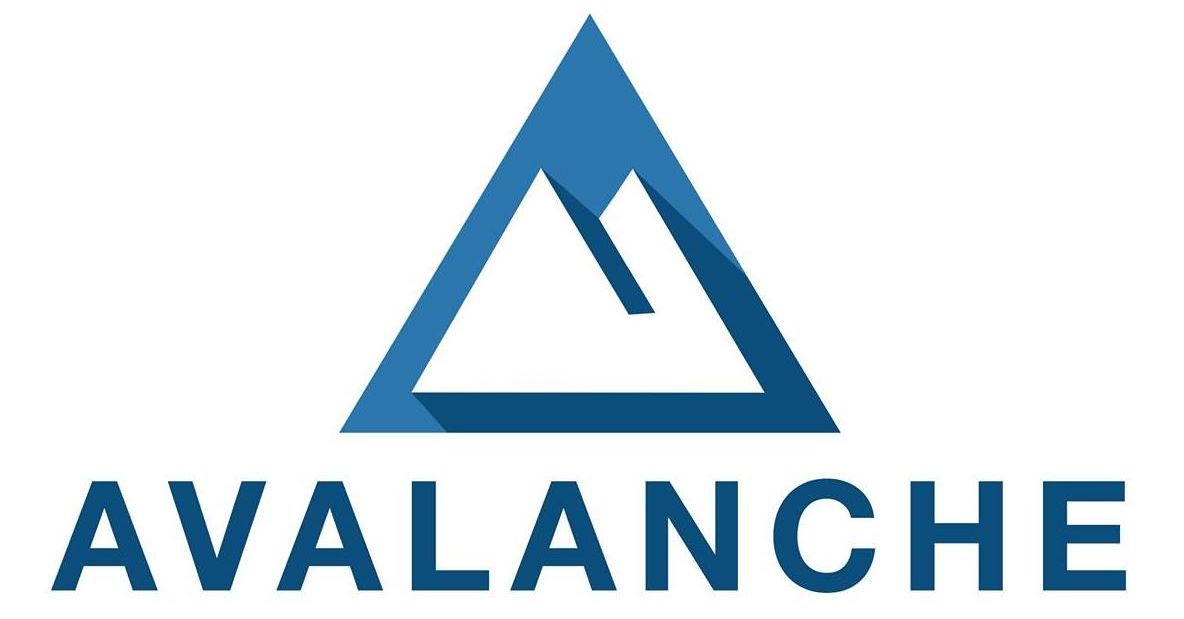The average furnace lifespan ranges between 15 to 20 years, influenced by factors such as maintenance, usage patterns, and the specific type of furnace. Regular upkeep and timely repairs can sometimes extend the life of your furnace, but even the best-maintained units will eventually show signs of wear and tear. Older furnaces often face declining efficiency and reliability, making it harder for them to keep your home comfortably warm. Technological advancements in newer models also mean that an older furnace may not be as energy-efficient, potentially costing you more in the long run. It’s important to consider how often your furnace has required repairs in recent years. Frequent breakdowns and escalating repair bills can signal that the unit is approaching the end of its usable life. If your furnace has been needing increasingly frequent fixes, the combined cost of these repairs might make a new furnace installation a more sensible option. Additionally, new furnaces come with updated features and better energy efficiency, which can translate to lower monthly heating bills and improved comfort levels in your home. Taking stock of your furnace’s age, repair history, and overall performance can help you make an informed decision about whether it’s time to upgrade to a new model. This assessment will ensure that your home remains warm, safe, and energy-efficient.
Indications of Repeated Repairs
If you frequently find yourself scheduling service calls for your furnace, it may be time to consider a replacement. Chronic issues that necessitate frequent repairs can add up quickly, both in terms of cost and inconvenience. When the cumulative expense of these repairs begins to approach the price of a new furnace installation, it’s a clear indication that the current unit may be nearing the end of its functional life. Older furnaces, particularly those that are past their prime, often struggle with maintaining consistent performance. This can result in recurring problems that disrupt your home’s comfort and require continual attention from a technician. Each visit not only incurs a service fee but also means more time spent without a fully operational heating system. Even if each individual repair seems minor, the constant need for fixes can be a warning sign of larger, underlying issues. The effort to maintain an outdated system can ultimately be more taxing and less effective than investing in a new furnace. A modern furnace can offer increased reliability, fewer interruptions, and the peace of mind that comes with knowing your home will stay warm when you need it most.
Increasing Energy Costs
As furnaces age, their efficiency often declines, resulting in higher energy bills. You might notice a spike in heating costs even though your usage hasn’t increased. This inefficiency can be a sign that your furnace is working harder to maintain comfortable temperatures, consuming more energy in the process. Older furnaces may lack the advanced technology and energy efficiency standards found in newer models. Today’s furnaces are designed to maximize heat output while minimizing energy consumption. Replacing an outdated unit with a modern furnace can lead to substantial energy savings, making it a more cost-effective option in the long term. Another factor to consider is the AFUE (Annual Fuel Utilization Efficiency) rating of your current furnace. Furnaces with a lower AFUE rating convert less fuel into heat, resulting in wasted energy and higher utility bills. Newer models typically boast higher AFUE ratings, ensuring that more of the fuel you pay for is actually used to heat your home. In addition, advancements in technology mean that modern furnaces can offer features such as variable-speed blowers and multi-stage heating, which further enhance efficiency. These features allow the furnace to adjust its performance based on your home’s needs, reducing energy waste and optimizing comfort.
Uneven Home Heating
Uneven temperatures throughout your home can be a sign that your furnace is not distributing heat effectively. If you find that some rooms are much warmer or cooler than others, it could be due to an aging or inefficient furnace. This inconsistency can make it difficult to maintain a comfortable environment and may point to issues such as blocked ducts, failing components, or outdated technology. An old furnace may struggle to push heated air evenly through the ductwork, leading to hot and cold spots. Upgrading to a new furnace can help resolve these issues by ensuring that heat is distributed more uniformly throughout your home. Newer models come equipped with advanced features like variable-speed blowers and multi-stage heating, which can adjust the airflow and heat output based on your home’s specific needs. This not only helps in achieving consistent temperatures but also improves overall comfort and efficiency. Additionally, a new furnace can better handle the demands of your household, providing more reliable and effective heating. Strange sounds or smells from your furnace can be alarming and are often indicators of underlying issues that need immediate attention. Noises like banging, rattling, or screeching might suggest mechanical problems such as loose or damaged components. These sounds are not just annoying; they can signify significant issues that could lead to a complete breakdown if not addressed promptly. Similarly, unusual odors, whether they are burning, musty, or chemical in nature, can point to problems like overheating components, mold in the ductwork, or gas leaks. Each of these issues carries its own risks, from decreased efficiency to potential safety hazards, such as fire or carbon monoxide poisoning. If you notice persistent odors, it’s crucial to have a professional inspect your furnace to diagnose and resolve the problem. While some of these issues can be fixed with repairs, they often indicate that the furnace is deteriorating and may not last much longer. If your furnace frequently produces unusual noises or odors, it may be more practical and cost-effective to consider a new furnace installation. Modern furnaces are designed to operate more quietly and efficiently, providing a safer and more comfortable home environment. Addressing these signs early can help you avoid more significant problems down the road, ensuring your home stays warm and safe.

Recent Comments